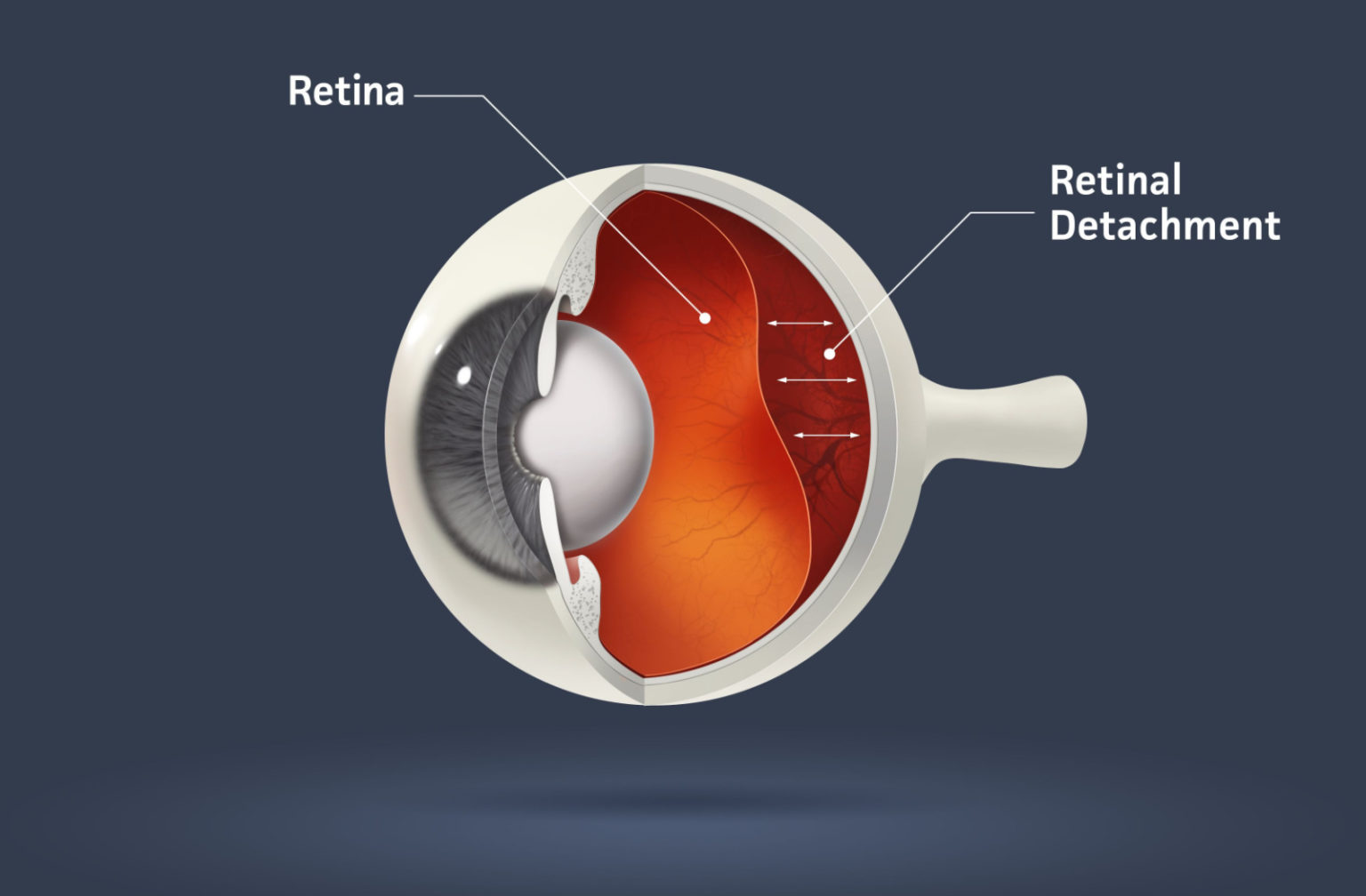Diabetes and Eye Health: Good Nutrition Matters
26/11/2025

01/03/2024
Saving Sight: Recognizing the Signs of Retinal Detachment and Exploring Treatment Options
The human eye is a marvel of intricate design, and at the center of this complex structure is the retina—an essential component for clear vision. However, the retina is susceptible to detachment, a serious condition that demands immediate attention. In this blog, we'll explore the symptoms and treatment options associated with retinal detachment.
Retinal detachment occurs when the retina, a thin layer of tissue at the back of the eye, pulls away from its normal position. This separation can disrupt the blood supply to the retina, leading to a rapid loss of vision if left untreated. Recognizing the symptoms of retinal detachment is crucial for seeking timely intervention.
Common symptoms of retinal detachment include sudden flashes of light, noticeable floater or increase in the number (small specks or cobweb-like shapes drifting in the field of vision), and the appearance of a curtain or veil obstructing part of the visual field. If any of these symptoms are experienced, immediate medical attention is imperative to prevent irreversible vision loss.
Treatment options for retinal detachment depend on the severity and type of detachment. The primary goal is to reattach the retina. Laser procedures may be used to create scar tissue that helps secure the retina in its proper position in early stage.
For more complex cases such as Vitrectomy it involves removing the vitreous gel inside the eye and replacing it with gas or silicone oil bubble to support the retina. Others use Scleral Buckle surgery, which involves placing a silicone band around the eye to counteract the forces pulling the retina away.
Recovery from retinal detachment surgery requires careful postoperative care, including positioning the head to support proper healing of the retina. Vision improvement may occur gradually over several weeks, and follow-up appointments are crucial to monitor progress.
While some risk factors for retinal detachment, such as myopia and family history, are beyond our control, being vigilant about symptoms and seeking immediate medical attention can make a significant difference in preserving vision. Understanding the signs of retinal detachment empowers individuals to take prompt action, ensuring that the intricate masterpiece of the human eye remains a source of visual clarity and wonder.
Written by:
Dr. Elisa Carreras Bertran,
Consultant Ophthalmologist